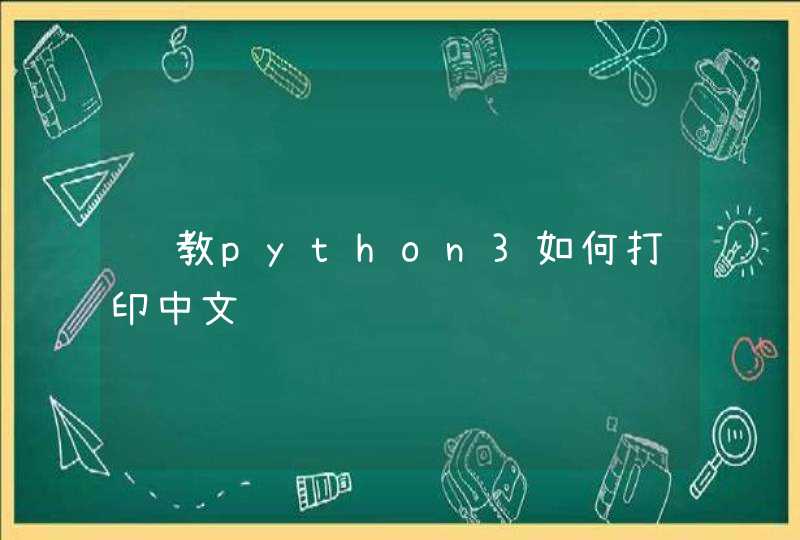
#include <iostream>
#include "string.h"
#include "fstream"
#define NULL 0
unsigned int key
unsigned int key2
int *p
struct node //建节点
{
char name[8],address[20]
char num[11]
node * next
}
typedef node* pnode
typedef node* mingzi
node **phone
node **nam
node *a
using namespace std//使用名称空间
void hash(char num[11]) //哈希函数
{
int i = 3
key=(int)num[2]
while(num[i]!=NULL)
{
key+=(int)num[i]
i++
}
key=key%20
}
void hash2(char name[8]) //哈希函数
{
int i = 1
key2=(int)name[0]
while(name[i]!=NULL)
{
key2+=(int)name[i]
i++
}
key2=key2%20
}
node* input() //输入节点
{
node *temp
temp = new node
temp->next=NULL
cout<<"输入姓名:"<<endl
cin>>temp->name
cout<<"输入地址:"<<endl
cin>>temp->address
cout<<"输入电话:"<<endl
cin>>temp->num
return temp
}
int apend() //添加节点
{
node *newphone
node *newname
newphone=input()
newname=newphone
newphone->next=NULL
newname->next=NULL
hash(newphone->num)
hash2(newname->name)
newphone->next = phone[key]->next
phone[key]->next=newphone
newname->next = nam[key2]->next
nam[key2]->next=newname
return 0
}
void create() //新建节点
{
int i
phone=new pnode[20]
for(i=0i<20i++)
{
phone[i]=new node
phone[i]->next=NULL
}
}
void create2() //新建节点
{
int i
nam=new mingzi[20]
for(i=0i<20i++)
{
nam[i]=new node
nam[i]->next=NULL
}
}
void list() //显示列表
{
int i
node *p
for(i=0i<20i++)
{
p=phone[i]->next
while(p)
{
cout<<p->name<<'_'<<p->address<<'_'<<p->num<<endl
p=p->next
}
}
}
void list2() //显示列表
{
int i
node *p
for(i=0i<20i++)
{
p=nam[i]->next
while(p)
{
cout<<p->name<<'_'<<p->address<<'_'<<p->num<<endl
p=p->next
}
}
}
void find(char num[11]) //查找用户信息
{
hash(num)
node *q=phone[key]->next
while(q!= NULL)
{
if(strcmp(num,q->num)==0)
break
q=q->next
}
if(q)
cout<<q->name<<"_" <<q->address<<"_"<<q->num<<endl
else cout<<"无此记录"<<endl
}
void find2(char name[8]) //查找用户信息
{
hash2(name)
node *q=nam[key2]->next
while(q!= NULL)
{
if(strcmp(name,q->name)==0)
break
q=q->next
}
if(q)
cout<<q->name<<"_" <<q->address<<"_"<<q->num<<endl
else cout<<"无此记录"<<endl
}
void save() //保存用户信息
{
int i
node *p
for(i=0i<20i++)
{
p=phone[i]->next
while(p)
{
fstream iiout("out.txt", ios::out)
iiout<<p->name<<"_"<<p->address<<"_"<<p->num<<endl
p=p->next
}
}
}
void menu() //菜单
{
cout<<"0.添加记录"<<endl
cout<<"3.查找记录"<<endl
cout<<"2.姓名散列"<<endl
cout<<"4.号码散列"<<endl
cout<<"5.清空记录"<<endl
cout<<"6.保存记录"<<endl
cout<<"7.退出系统"<<endl
}
int main()
{
char num[11]
char name[8]
create()
create2()
int sel
while(1)
{
menu()
cin>>sel
if(sel==3)
{ cout<<"9号码查询,8姓名查询"<<endl
int b
cin>>b
if(b==9)
{ cout<<"请输入电话号码:"<<endl
cin >>num
cout<<"输出查找的信息:"<<endl
find(num)
}
else
{ cout<<"请输入姓名:"<<endl
cin >>name
cout<<"输出查找的信息:"<<endl
find2(name)}
}
if(sel==2)
{ cout<<"姓名散列结果:"<<endl
list2()
}
if(sel==0)
{ cout<<"请输入要添加的内容:"<<endl
apend()
}
if(sel==4)
{ cout<<"号码散列结果:"<<endl
list()
}
if(sel==5)
{ cout<<"列表已清空:"<<endl
create()
create2()
}
if(sel==6)
{ cout<<"通信录已保存:"<<endl
save()
}
if(sel==7) return 0
}
return 0
}
Hash,一般翻译做"散列",也有直接音译为"哈希"的,就是把任意长度的输入(又叫做预映射, pre-image),通过散列算法,变换成固定长度的输出,该输出就是散列值。这种转换是一种压缩映射,也就是,散列值的空间通常远小于输入的空间,不同的输入可能会散列成相同的输出,而不可能从散列值来唯一的确定输入值。简单的说就是一种将任意长度的消息压缩到某一固定长度的消息摘要的函数。HASH主要用于信息安全领域中加密算法,它把一些不同长度的信息转化成杂乱的128位的编码里,叫做HASH值. 也可以说,hash就是找到一种数据内容和数据存放地址之间的映射关系。Hash算法在信息安全方面的应用主要体现在以下的3个方面:文件校验、数字签名、鉴权协议
程程序实现
// 说明:Hash函数(即散列函数)在程序设计中的应用目标 ------ 把一个对象通过某种转换机制对应到一个
//size_t类型(即unsigned long)的整型值。
// 而应用Hash函数的领域主要是 hash表(应用非常广)、密码等领域。
// 实现说明:
// ⑴、这里使用了函数对象以及泛型技术,使得对所有类型的对象(关键字)都适用。
// ⑵、常用类型有对应的偏特化,比如string、char*、各种整形等。
// ⑶、版本可扩展,如果你对某种类型有特殊的需要,可以在后面实现专门化。
// ⑷、以下实现一般放在头文件中,任何包含它的都可使用hash函数对象。
//------------------------------------实现------------------------------------------------
#include <string>
using std::string
inlinesize_thash_str(const char* s)
{
unsigned long res = 0
for (*s++s)
res = 5 * res + *s
returnsize_t(res)
}
template <class Key>
struct hash
{
size_toperator () (const Key&k) const
}
// 一般的对象,比如:vector<queue<string>>;的对象,需要强制转化
template <class Key >
size_thash<Key>::operator () (const Key&k) const
{
size_tres = 0
size_tlen = sizeof(Key)
const char* p = reinterpret_cast<const char*>(&k)
while (len--)
{
res = (res<<1)^*p++
}
return res
}
// 偏特化
template<>
size_thash<string >::operator () (const string&str) const
{
return hash_str(str.c_str())
}
typedef char* PChar
template<>
size_thash<PChar>::operator () (const PChar&s) const
{
return hash_str(s)
}
typedef const char* PCChar
template<>
size_thash<PCChar>::operator () (const PCChar&s) const
{
return hash_str(s)
}
template<>size_t hash<char>::operator () (const char&x) const { return x}
template<>size_t hash<unsigned char>::operator () (const unsigned char&x) const { return x}
template<>size_t hash<signed char>::operator () (const signed char&x) const { return x}
template<>size_t hash<short>::operator () (const short&x) const { return x}
template<>size_t hash<unsigned short>::operator () (const unsigned short&x) const { return x}
template<>size_t hash<int>::operator () (const int&x) const { return x}
template<>size_t hash<unsigned int>::operator () (const unsigned int&x) const { return x}
template<>size_t hash<long>::operator () (const long&x) const { return x}
template<>size_t hash<unsigned long>::operator () (const unsigned long&x) const { return x}
// 使用说明:
//
// ⑴、使用时首先由于是泛型,所以要加上关键字类型。
//
// ⑵、其次要有一个函数对象,可以临时、局部、全局的,只要在作用域就可以。
//
// ⑶、应用函数对象作用于对应类型的对象。
//----------------------- hash函数使用举例 -------------------------
#include <iostream>
#include <vector>
#include <string>
using namespace std
int main()
{
vector<string>vstr⑵;
vstr[0] = "sjw"
vstr[1] = "suninf"
hash<string>strhash// 局部函数对象
cout <<" Hash value: " <<strhash(vstr[0]) <<endl
cout <<" Hash value: " <<strhash(vstr[1]) <<endl
cout <<" Hash value: " <<hash<vector<string>>() (vstr) <<endl
cout <<" Hash value: " <<hash<int>() (100) <<endl// hash<int>() 临时函数对象
return 0
}




































































